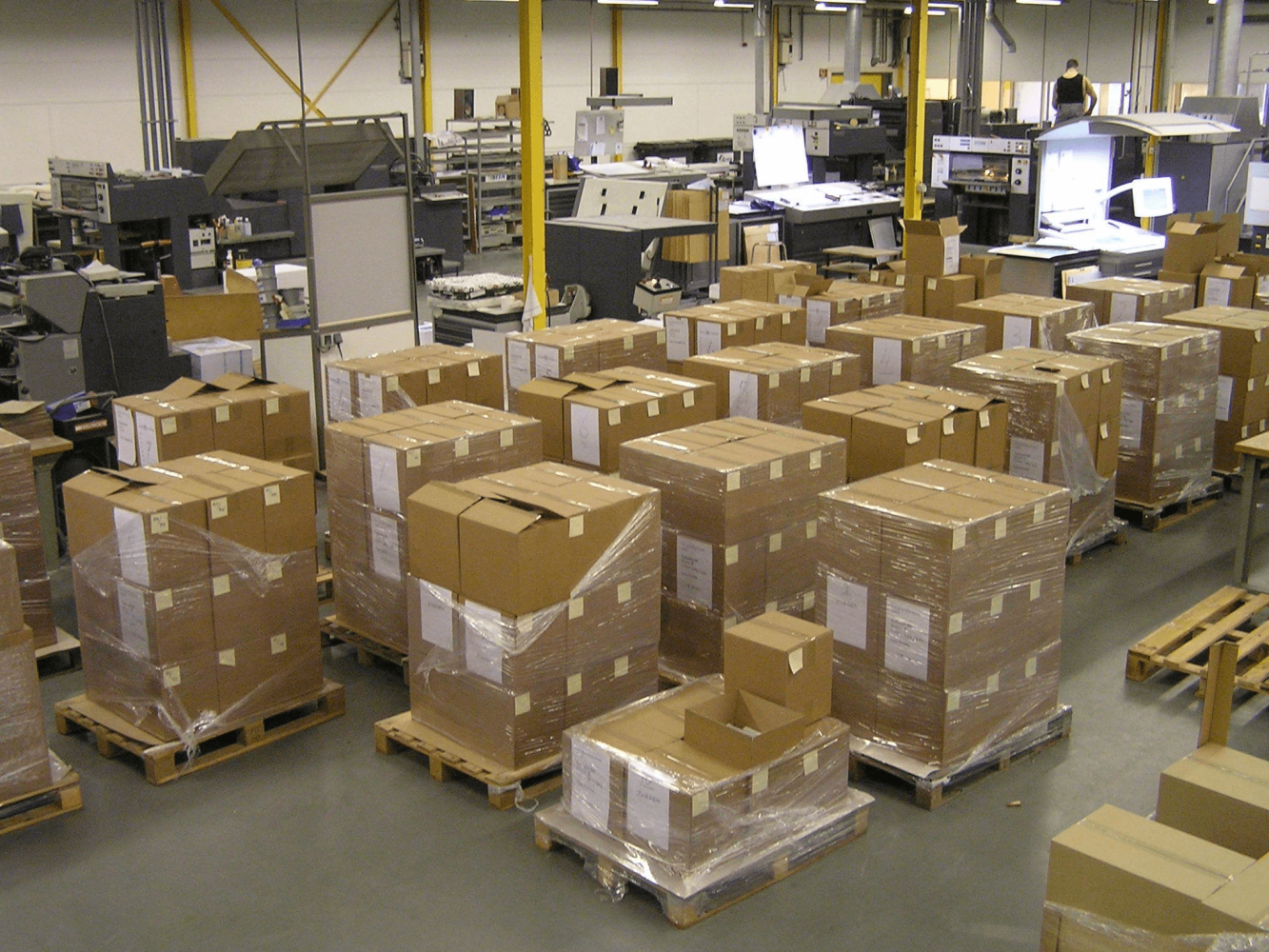In today’s digital age, organizations are generating and handling an unprecedented amount of digital documents in various file formats. From invoices and reports to contracts and customer records, the need to convert documents from one format to another is an everyday requirement.
However, managing the conversion process efficiently is challenging, especially when faced with fluctuating workloads and demanding deadlines. That’s where dynamic scalability comes into play, offering organizations a powerful way to address these challenges.
In this article, we explore what dynamic scalability in document conversion is, look at a few practical examples and discover how organizations can benefit from it.
Understanding Dynamic Scalability:
Dynamic scalability refers to the ability of a document conversion system or service to adjust its resources and processing capacity in real-time based on the current demand and workload. It empowers the system to automatically scale up or down its processing capabilities to handle varying volumes of document conversions without compromising performance or incurring unnecessary costs.
Dynamic Scalability in Document Conversion Simplified:
Imagine you have a document conversion system that can convert 50 documents to PDF per minute. On an average day, you receive around 250 conversion requests, and the system can comfortably handle this workload within the given timeframe.
However, during a peak period, the demand for document conversion increases significantly. Let’s say you receive 2,500 conversion requests within an hour. If your system remains static and unable to scale, it would struggle to process the increased influx of requests within the desired timeframe.
Now, let’s consider dynamic scalability in your document conversion process. With dynamic scalability, the system can automatically adjust its resources to meet the increased demand during peak periods. Assuming the system can scale up its processing power by 10 times during peak times, it can now convert 500 documents per minute.
So, when the peak period arrives, and you receive 2,500 conversion requests within an hour, the system detects the increased workload and scales up its resources accordingly. Instead of being limited to processing 50 documents per minute, it now operates at its maximum capacity, converting 500 documents per minute. As a result, it can successfully process all 2,500 conversion requests within the hour, meeting the demand without delays.
Once the peak period ends and the workload returns to its normal level, the system can scale back down to its regular processing power, conserving resources and avoiding unnecessary costs. It dynamically adjusts its resources to match the workload at any given time, ensuring efficient processing and avoiding over provisioning during periods of low demand.
Benefits of Dynamic Scalability in Document Conversion:

Efficient Resource Utilization:
With dynamic scalability, organizations can optimize their resource allocation. During peak periods of high document conversion demand, additional processing power can be allocated to ensure smooth and timely conversions. And the other way around, during periods of low demand, resources can be scaled down, avoiding unnecessary costs associated with over provisioning.
Enhanced Performance:
Dynamic scalability enables organizations to maintain consistent and reliable document conversion performance, regardless of workload fluctuations. By scaling resources in response to demand, the system can efficiently handle increased conversion requests, preventing bottlenecks and ensuring prompt delivery of converted documents.
Increased Throughput and Reduced Processing Time:
The ability to scale resources dynamically allows organizations to process a higher volume of document conversions simultaneously. By distributing the workload across multiple servers or processing nodes, the system can perform parallel processing, leading to faster conversions and reduced processing time. This boosts productivity and enables organizations to meet tight deadlines with ease.
Cost Optimization:
By leveraging dynamic scalability, organizations can achieve cost optimization in their document conversion processes. Resource provisioning is aligned with actual demand, avoiding the need for permanent, excessive infrastructure investments. As a result, organizations can reduce their operational costs while maintaining high-quality document conversion services.
Seamless Adaptation to Changing Workloads:
Dynamic scalability ensures that organizations can adapt swiftly to changing workloads. It allows for effortless scaling up or down in response to seasonal fluctuations, sudden increases in demand, or unpredictable spikes in conversion requests. Organizations can have the peace of mind that their document conversion system can handle any workload, offering flexibility and agility in their operations.
Examples of peak times in different industries
Life Sciences: In the life sciences industry, there can be instances where large amounts of data and documents need to be processed and converted within specific timeframes. For example, during clinical trials, there may be a significant influx of patient data, medical records, lab reports, and regulatory documentation that require conversion into standardized formats for analysis and reporting. Additionally, when submitting applications for drug approvals or regulatory compliance, extensive documentation needs to be converted into the required formats, which often result in peaks in document conversion demands.

Banking and Insurance: In the banking and insurance sectors, which often deal with high volumes of digital documents that need to be converted, specific periods such as regulatory reporting, mergers and acquisitions, system upgrades or data migration, and customer onboarding processes require document conversion to facilitate compliance, integration, and efficient processing. Similarly, in the insurance industry, there are times when large numbers of insurance claims, policy documents, and customer records need to be converted and processed quickly, especially during peak periods such as natural disasters when there is a surge in insurance claims.
Conclusion:
In the realm of document conversion, dynamic scalability stands as a game-changer for organizations. It provides the ability to adjust resources and processing capacity in real-time, optimizing resource utilization, enhancing performance, reducing processing time, and achieving cost efficiency.
By implementing dynamic scalability in their document conversion workflows, organizations can effortlessly handle fluctuating workloads, meet deadlines, and provide reliable and efficient document conversion services.
Embracing dynamic scalability is a step towards streamlining document management processes and unlocking the full potential of digital transformation.
Remember, with dynamic scalability, your document conversion system can seamlessly adapt to any workload and empower your organization to stay ahead in the digital world.
What about DocShifter, and the benefits on our operations?
In Life Sciences, we support the regulatory teams by:
- Accelerating the drug submission process through automation of renditions for submission-ready PDF documents in eCTD submissions.
- Automating checks and fixes to Word and PDF files to ensure that pharma companies meet the most stringent technical requirements by the health authorities (FDA, EMA, PMDA, Health Canada).
- Automatically merging documents into a single PDF and generate (compliant) reports for submission and documentation. Including 510k and PMA medical device submissions.
- Converting all required digital files for storage in a long-term archive. PDF/A or the latest file format in use to ensure digital sustainability. For MS Office, image, audio and video files.
In Banking & Insurance & Government, we support IT staff by:
- Automating the conversion of millions of documents to the desired file formats, such as PDF or PDF/A. Or to the latest version (f.e. .xls to .xlsx)
- Standardizing the file format used in customer communication or in a digital mailroom.
- Converting document to a future-proof file format for archiving.
- Super easy to set up. Automate. Centralize. Eliminate manual intervention. Reduce Risk. Reduce IT infrastructure costs.






